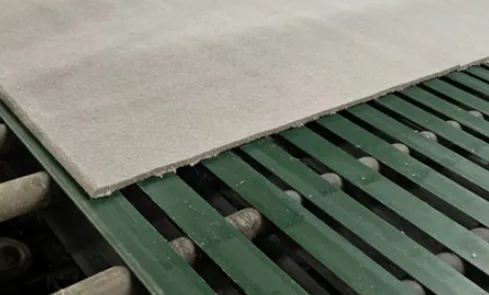8 月 . 16, 2024 18:52 Back to list
Exploring T-Bar Ceiling Wire Options for Effective Suspended Ceiling Installation
Understanding T-Bar Ceiling Wire Essential Elements for Suspended Ceilings
T-bar ceilings, also known as suspended ceilings or drop ceilings, are a popular choice in commercial and residential construction due to their aesthetic appeal and practical functionality. One of the key components that ensure the stability and integrity of a T-bar ceiling is the T-bar ceiling wire. In this article, we'll explore the importance of T-bar ceiling wire, its types, installation methods, and best practices.
What is T-Bar Ceiling Wire?
T-bar ceiling wire is a specialized support wire used in the installation of suspended ceiling systems. It plays a critical role in securing the T-bar grid framework, which is the backbone of the ceiling. This wire helps to suspend the framework from the ceiling structure above, enabling the installation of ceiling tiles or panels.
Typically made of galvanized steel, T-bar ceiling wire is designed to provide the necessary strength and durability to support the weight of the ceiling materials. The wire is constructed to comply with industry standards, ensuring that it can handle the load without sagging or failing.
Types of T-Bar Ceiling Wire
There are primarily two types of T-bar ceiling wire commonly used in installation
1. Pre-Cut Wire This type comes in predetermined lengths and is convenient for quick installations. It simplifies the installation process as it eliminates the need for cutting the wire to specific lengths on-site.
2. Continuous Wire Also known as bulk wire, this type allows for customization in length. Installers can cut the wire to fit more complex layouts or configurations, making it a versatile option for various projects.
Installation Process
The installation of T-bar ceiling wire typically involves several steps
1. Planning Begin by determining the layout of the T-bar grid. It’s essential to map out where the wires will be anchored to provide even support.
t bar ceiling wire

2. Measuring and Cutting If using continuous wire, cut the wire to the necessary lengths. If using pre-cut wire, ensure you have the correct lengths as per your layout requirements.
3. Attaching the Wire The wire is usually attached to the ceiling structure using anchors, clips, or hooks. It’s critical to ensure that each wire is securely fastened to prevent any ceiling movement.
4. Hanging the T-Bar Grid Once the wires are in place, the T-bar grid can be hung. The cross tees and main tees of the grid system should be connected and placed at the correct intervals according to the design specifications.
5. Installing Ceiling Tiles After the grid is securely in place, the final step is to install the ceiling tiles or panels. These can be easily dropped into the grid, creating a smooth and professional finish.
Best Practices
To ensure a successful T-bar ceiling installation, consider the following best practices
- Follow Local Codes Always adhere to local building codes and regulations regarding ceiling installations. This will help ensure safety and compliance.
- Use Quality Materials Invest in high-quality T-bar ceiling wire and components to enhance durability and reduce maintenance over time.
- Check for Levelness During installation, continuously check that the T-bar grid is level. Uneven grids can lead to an unprofessional appearance and potential structural issues.
- Regular Inspections After installation, periodic inspections can help identify any sagging or signs of wear, allowing for timely repairs.
Conclusion
T-bar ceiling wire is an essential component in the construction of suspended ceilings. By understanding its importance and adhering to proper installation techniques, builders and DIY enthusiasts can achieve a durable and visually appealing ceiling. Whether for a commercial or residential project, attention to detail in the use of T-bar ceiling wire can lead to significant enhancements in both aesthetics and functionality.
-
Revolutionizing Interior Design with Ceilings t grid Suspended SystemNewsOct.29,2024
-
Revolutionizing Ceiling Design with ceiling access panel with Gypsum Tile WaterproofNewsOct.29,2024
-
Revolutionizing Interior Design with PVC Gypsum Ceiling: A Comprehensive GuideNewsOct.29,2024
-
Elevating Interior Design with High quality Mineral Fiber Ceiling TilesNewsOct.29,2024
-
Revolutionizing Interior Design with PVC Gypsum Ceiling: A Comprehensive GuideNewsOct.29,2024
-
Elevating Interior Design with High-Quality Mineral Fiber Ceiling Tiles: A Comprehensive GuideNewsOct.29,2024







